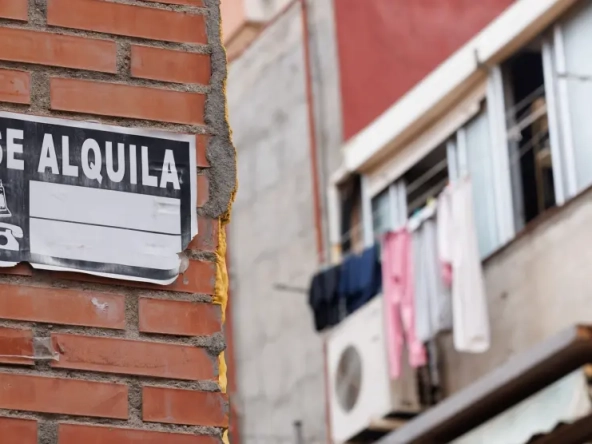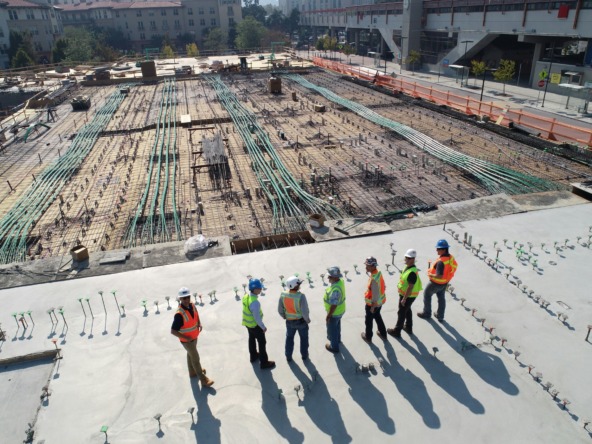In recent months, we have witnessed a significant financial phenomenon: the return of liquidity to historical levels both in Europe and the United States.Driven by the easing of monetary policy by the European Central Bank (ECB) and the Federal Reserve (Fed), this dynamic is sparking investor interest in real and safe-haven assets, with particular attention to the real estate sector.
According to data from el Economista.es, the money supply in the eurozone has already surpassed 15.6 trillion euros, with an annual growth of 3%, a pace not seen since 2022.In the United States, the M2 money supply stands at around 21.6 trillion dollars, approximately 40% above pre-pandemic levels, according to data from the Federal Reserve.This injection of liquidity creates a favorable environment for investment in assets, both risky (such as equities) and more conservative (such as real estate).
Why is this liquidity relevant for the real estate sector?
The relationship between global liquidity and the investment cycle in the real estate sector is clear.In phases of expansive monetary policy, the excess money in circulation tends to seek refuge in stable assets with potential for appreciation.Housing, especially quality housing in prime locations, tends to attract a significant portion of that capital, both domestic and foreign.
Moreover, the reduction of interest rates, which has already begun gradually in the eurozone, improves mortgage conditions, making access to financing easier and reactivating housing demand, especially in established urban areas.
Solid foundations amidst uncertainty
Despite macroeconomic uncertainty—such as the possibility of a technical recession or global geopolitical tensions—the fundamentals of the real estate market remain stable.The combination of a structural supply deficit in many European capitals, solid demand, and the appeal of real assets as a hedge against inflation continues to support prices, especially in cities like Madrid, Málaga, or Marbella.
Recent data from Tinsa reflects a year-on-year growth of 6.2% in housing prices in Madrid in the first quarter of 2025, driven by domestic demand and the return of international investors who see Spain as a safe environment to invest capital in a tangible asset.
Quality and location, key in this new cycle
At Quality Keys Real Estate, we have observed a clear increase in interest in prime properties, both for sale and for rent, especially in high-demand areas such as the capital, parts of the Barrio de Salamanca, Chamberí, and the entire Costa del Sol.This renewed interest comes not only from domestic buyers but also from foreign capital, which seeks to diversify its portfolio and reduce exposure to stock market volatility.
The gross rental yield in cities like Madrid has also become an additional argument for investors seeking assets with stable income and appreciation prospects.In the current context, well-located properties with energy efficiency and profit potential are capturing a significant amount of attention.
Conclusion: Window of opportunity?
The current monetary expansion creates a window of opportunity to position oneself in the real estate market before a new wave of investment consolidates.Historically, these contexts have preceded cycles of real estate expansion, especially when combined with macroeconomic stability and low rates.
At Quality Keys Real Estate, we accompany our clients in the strategic market analysis, so they can make well-informed decisions and seize the moment with a long-term vision.In times of abundant liquidity, quality and information make the difference.
Sources consulted:
-
elEconomista.es – “The money supply in Europe exceeds 15.6 trillion,” April 2025
-
European Central Bank – Economic Bulletin
-
Federal Reserve of the United States – Monetary Statistics (M2)
-
Tinsa by Accumin – Housing Price Report, Q1 2025
-
Tressis, Abrdn, DWS, Julius Baer – Wealth Strategy Reports 2025





